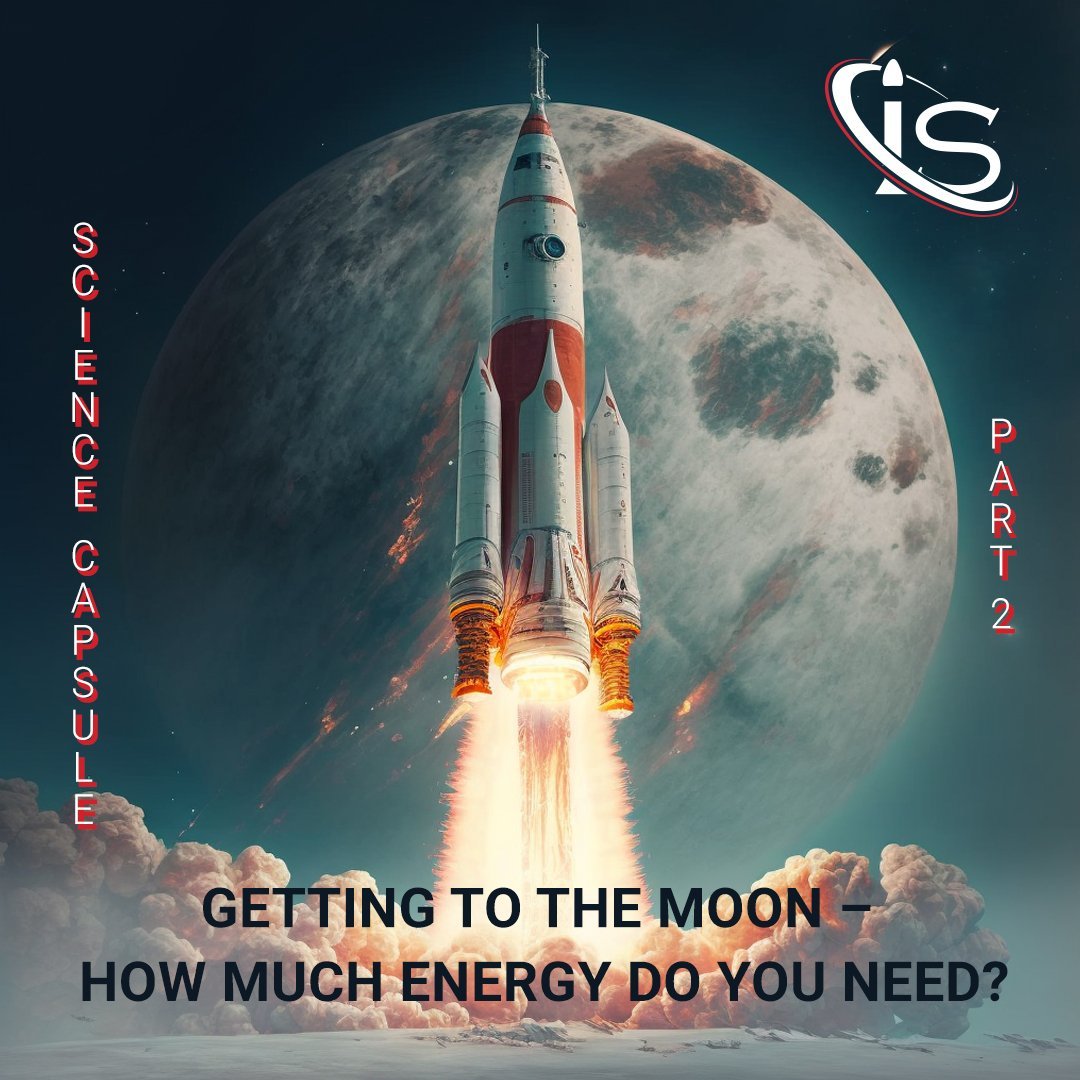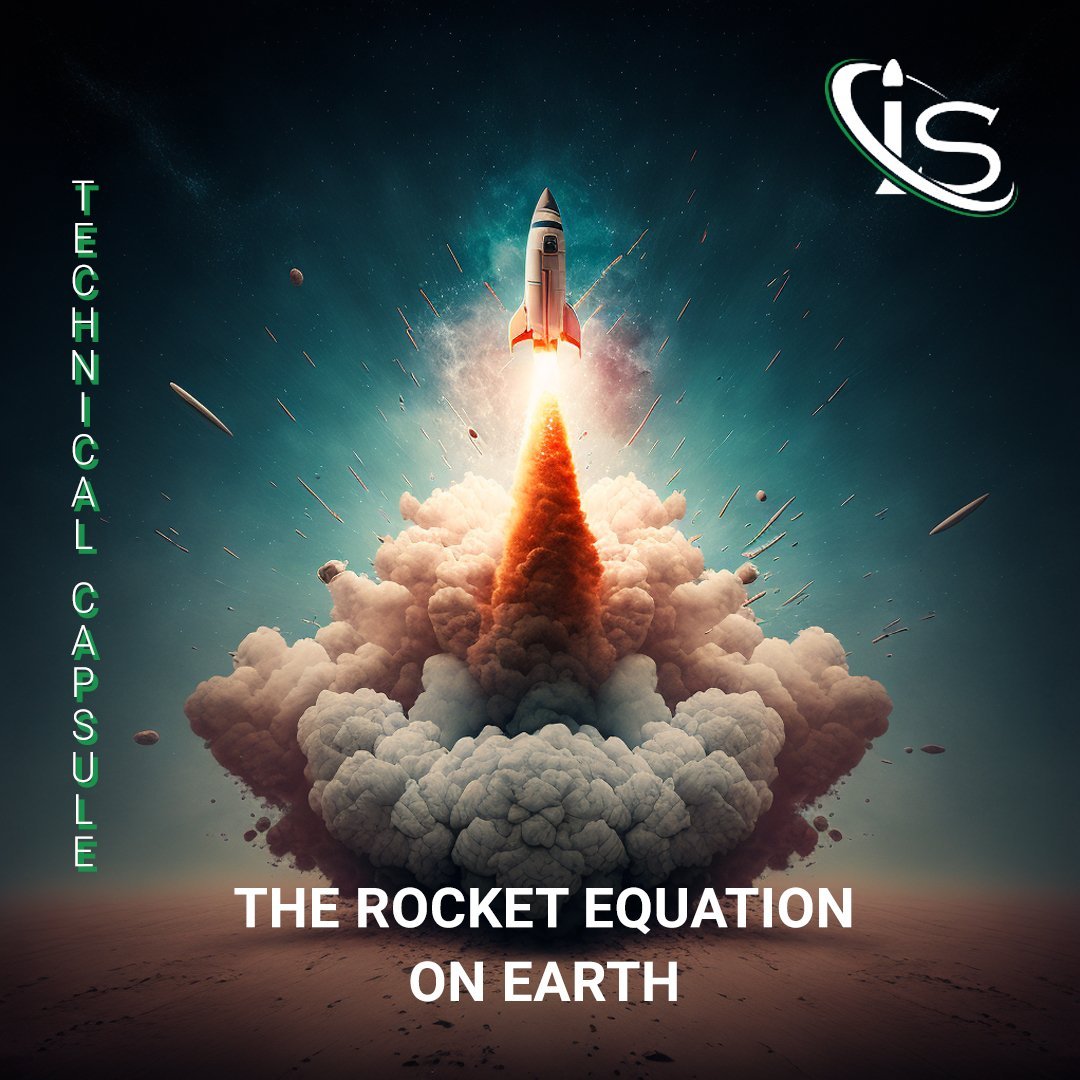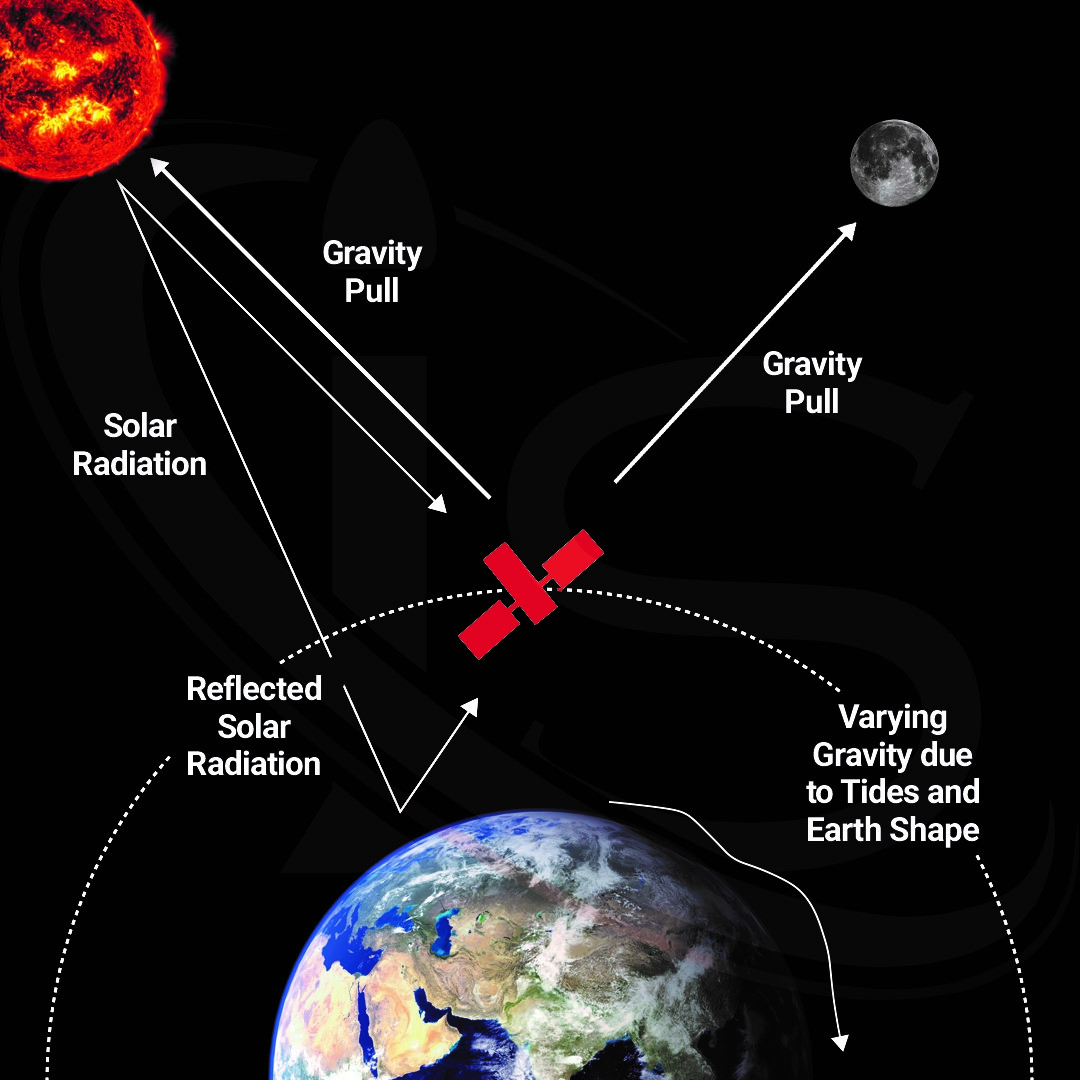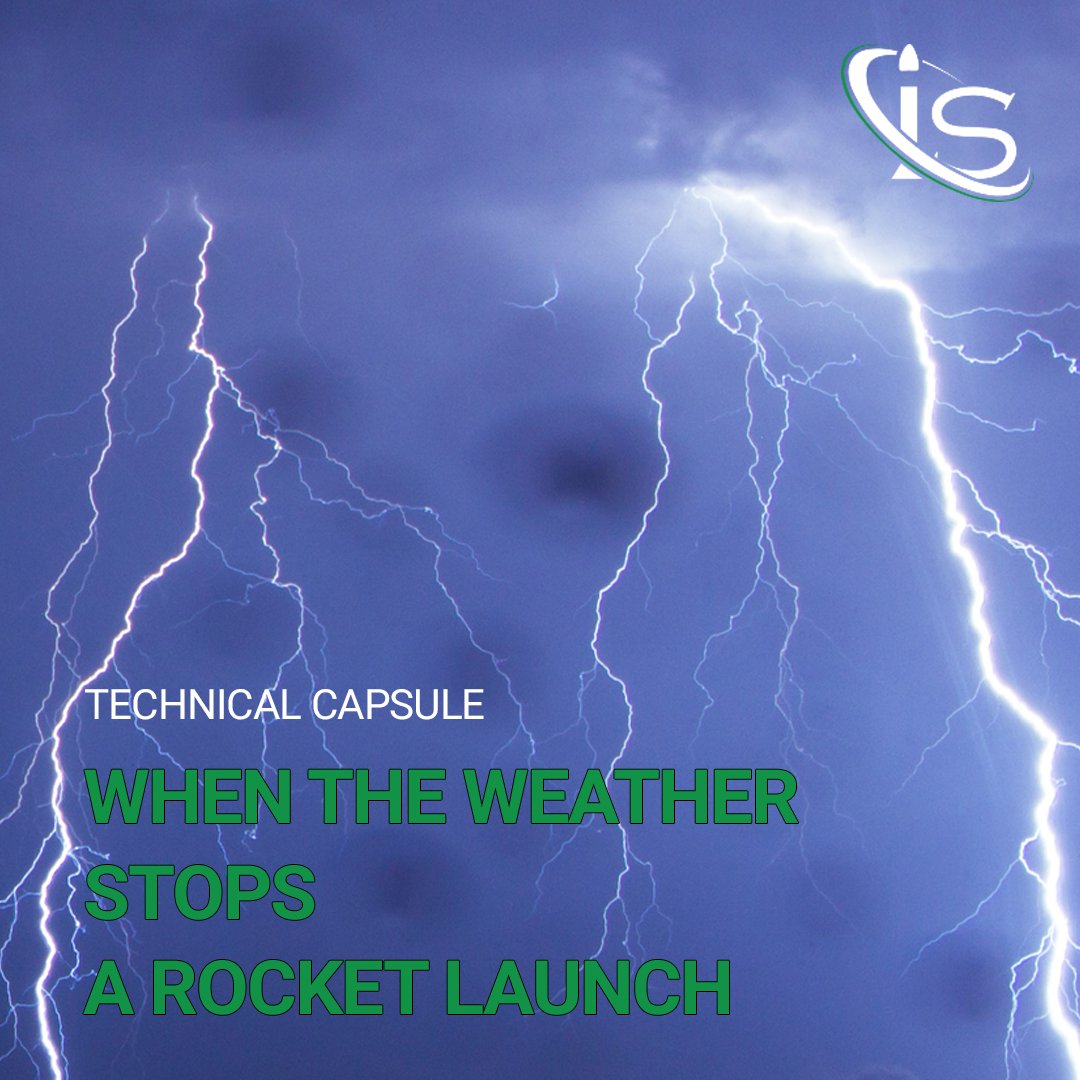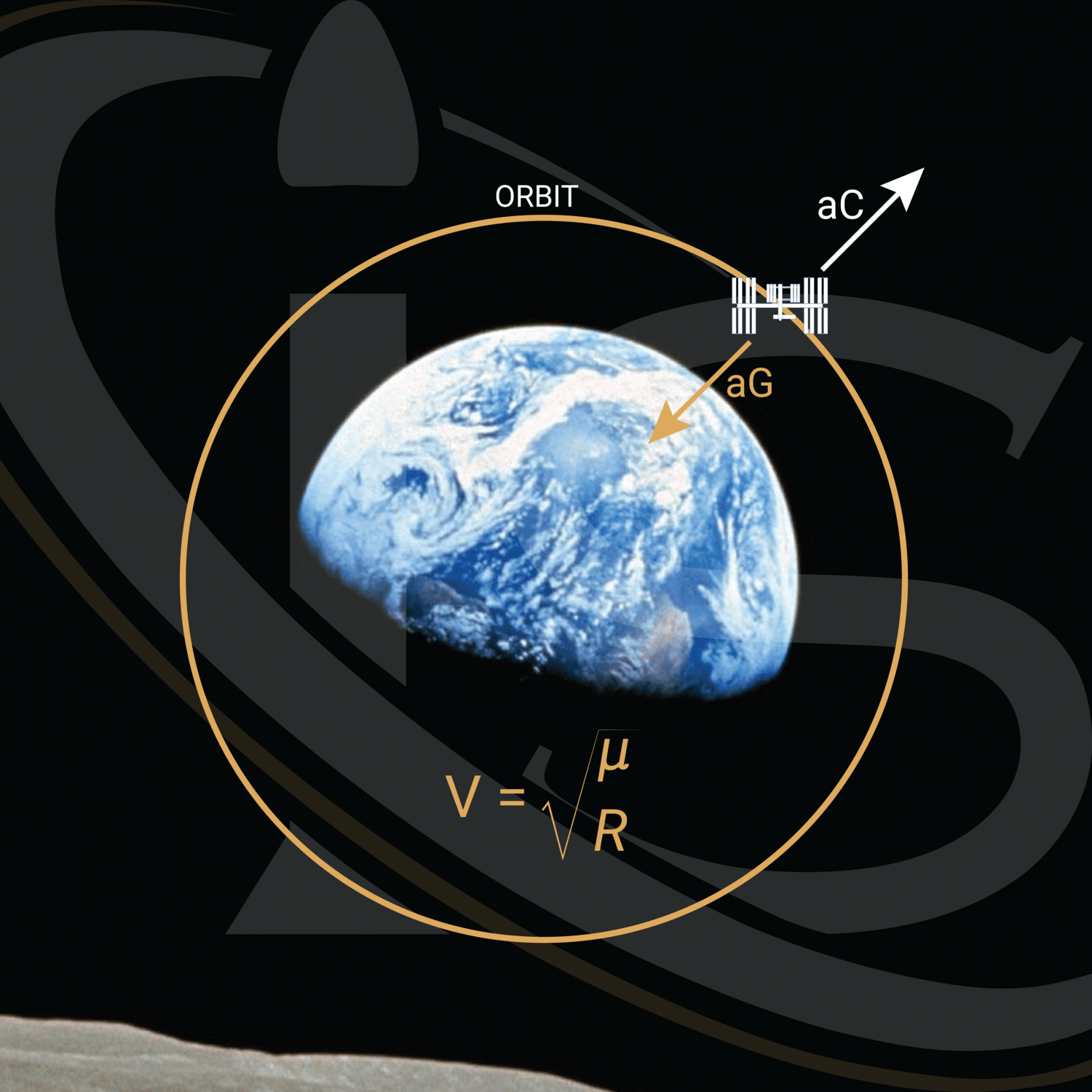Two of last month’s science capsules started to delve into the topic of conservation of energy, particularly when it comes to rockets; however, as everyone who reads those probably (somewhat) remembers, the goal of those articles was to introduce the physics behind energy conservation and not actually getting accurate numbers for a rocket launch. Still, given the interest those capsules generated, it seems like a pretty good idea to actually discuss the numbers behind getting a rocket into space. This will be a long process, so it is best to take it one step at a time. And so, today’s focus will be on the rocket equation; specifically, how to use it in the absence of gravity and other obstacles.
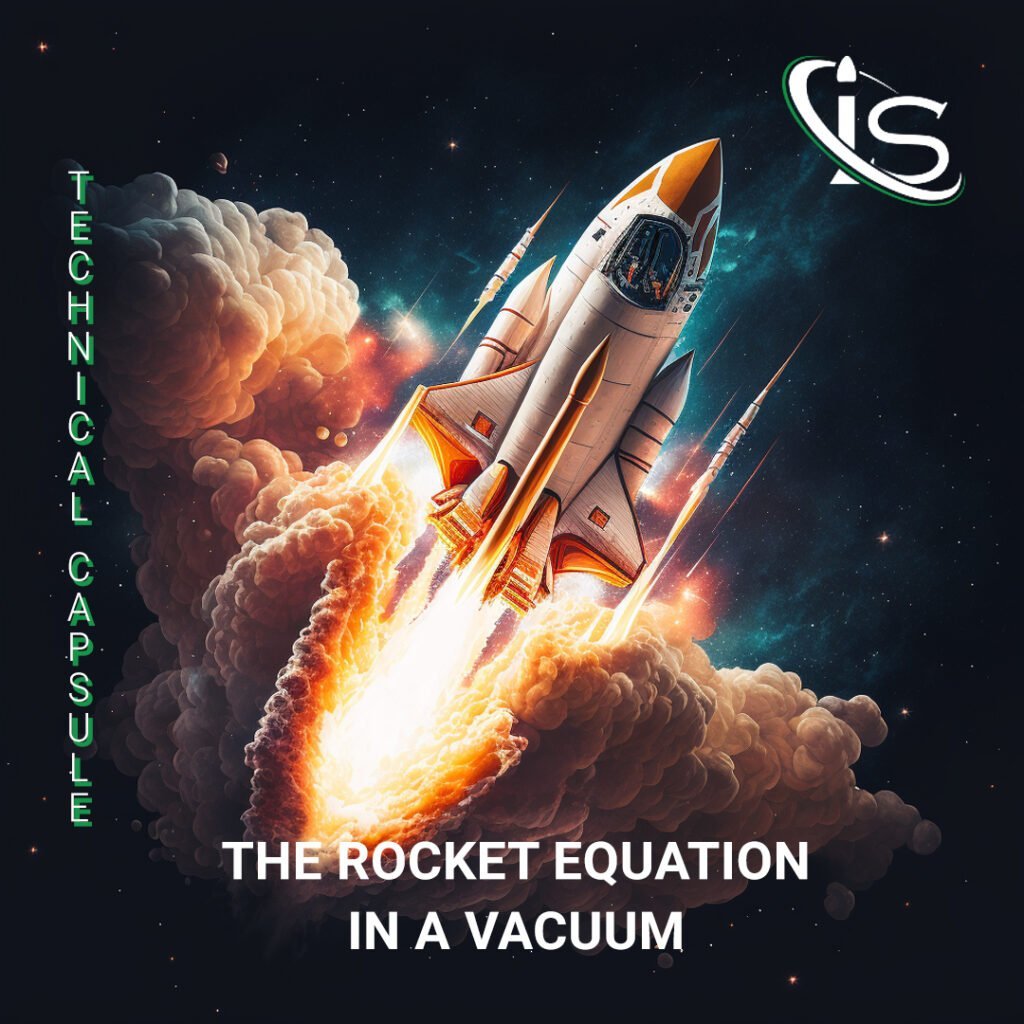
The Basics
First, let us talk about the basic concepts behind said equation. In order for a rocket to accelerate and move through space, it needs fuel to burn. This means that the total mass of a rocket will be constantly changing as more and more fuel gets burnt off. Therefore, in the absence of other forces acting on the rocket, a constant force generated by a constant burning of fuel will produce an ever-increasing acceleration due to the ever-decreasing rocket mass that is experiencing said force. Of course, this is not how things would unfold in reality; however, it does provide a nice basis for understanding the rocket equation.
Before getting down to the nitty-gritty of the mathematics involved, it is important to further explain how fuel getting burnt propels the rocket forward. This, once again, goes back to conservation of energy. Well, technically, the more appropriate term would be conservation of momentum in this case. But as they really are one and the same, it seemed appropriate to bring back the focus of the previous capsules. And this is not an approximation; these truly are the same concept.
Basically, as the rocket’s fuel combusts, it is, also, escaping in the opposite direction of the spacecraft’s velocity. Therefore, this fuel gas has a clear velocity, mass, and, therefore, momentum of its own. And that is what gives rise to the rocket equation.
The Math
Welcome to the math section of the capsule. If you are not someone who enjoys this particular subject, I apologize, because this will make up most of the remainder of the article. However, I promise to do my best in making this, at least, bearable.
Coming Up with the Rocket Equation
The first step is to figure out what exactly is this rocket equation. Fortunately, a lot of the ideas behind were covered in the previous section. Unfortunately — or even more fortunately, depending on personal preference — it is time to put those ideas into concrete math. To start off, let us define momentum, as follows:
![]()
Where:
p: momentum;
m: mass;
v: velocity.
The equation above is, definitely, the most important one to keep in mind throughout this entire process. Next, it is time to talk about the change of momentum for the rocket. After all, no change of momentum would mean no change in mass or velocity, which would imply a very still spacecraft and a not very interesting situation. Finding this change in momentum is actually more straightforward than some may expect. All that is needed is the change in the fuel’s momentum. This is because the fuel and rocket are part of one system — both literally and figuratively — so whatever changes one experiences, the other must as well to maintain conservation of momentum. So, first, let us define the velocities for the rocket and exhaust gas:
![]()
![]()
Where:
v: velocity of rocket;
u: velocity of exhaust gas.
One thing to note is that the velocity of the exhaust gas is with respect to the rocket. If instead it were with respect to a stationary object, it would be:
![]()
Regardless, the system’s total momentum will be the sum of the rocket’s momentum and the gas’ momentum:
![]()
![]()
Where:
dmg: change in mass of fuel.
Putting It All Together
Now, it is time for the conservation of momentum to come into play. To find this, we want the change in the rocket and fuel’s velocity and mass. However, we know the change in the two masses has to be the same. Therefore, we get the following:
![]()
![]()
Simplifying this, we get:
![]()
And because the change in mass and change in velocity are infinitesimals, the “dmdv” term can be taken out:
![]()
Using the fact that the rocket will lose the same amount of mass as that of the exhaust gas,
![]()
yields:
![]()
Integrals Solve Everything
And from the equation above it is clear that it is time for the best mathematical concept to take center stage once again; the integral will take care of this. And so, integrating from m0 to m yields:
![Rendered by QuickLaTeX.com \[\int_{v_{0}}^{v}dv = -u\int_{m_{0}}^{m} \frac{dm}{m} \longrightarrow {\Delta}{v} = {u}{ln(\frac{m_{0}}{m})\]](https://impulso.space/wp-content/ql-cache/quicklatex.com-17a21e5aa61829eb3f8e751084fcf70a_l3.png)
And believe it or not, that is the rocket equation. Not so bad, right? Little fun fact about it: it was first discovered by a Soviet physicist, Konstantin Tsiolkovski, all the way back in 1897. Although, I very much doubt it was referred to as the “rocket equation” back then.
Some Practical Applications
Before ending this capsule, it would probably be a good idea to give an example of how this equation can be used. As a physics major, I will provide a problem without any actual numbers for the masses and velocities, so as to make it applicable everywhere. However, feel free to plug in whatever numbers you see fit to test this equation out yourselves.
The most important quantities that can be derived from this are the acceleration and force — or thrust in the case of a rocket. So, let us start by finding the force. As this is just the time derivative of momentum, we can use the speed of the exhaust gas and the mass that is being ejected per second. This means the force will be given by:
![]()
![]()
The negative sign is only there to signify the loss of mass, which is why it can be eliminated for the force, as the amount of force is what is of interest, anyway.
From here we can get the acceleration of the rocket, by simply dividing the force by the system’s mass. However, since the mass of the gas is changing, the overall mass will be diminishing with time. That is what gives rise to the constantly rising acceleration. In math terms, this can be expressed as follows:
![Rendered by QuickLaTeX.com \[a = \frac{F}{m_{R} + m_{g}}\]](https://impulso.space/wp-content/ql-cache/quicklatex.com-0fa693e311973384e34147a7fd71dbd0_l3.png)
We know the mass of the gas will be constantly diminishing. Therefore:
![]()
Using this in the acceleration equation yields:
![Rendered by QuickLaTeX.com \[a = \frac{F}{M - (\frac{dm_g}{dt})t}\]](https://impulso.space/wp-content/ql-cache/quicklatex.com-b6b78f82d1376368315dd0bca088d5fb_l3.png)
Where:
M: total initial mass of system.
Back to Earth
This will do it for the first technical capsule on the rocket equation. Today was just the beginning, since everything was taken to be in a vacuum of sorts, meaning no outside influences. Next week, will be a technical capsule, so make sure you do not miss it by checking back here, at impulso.space, on Wednesday. After that, it is time to discuss how the concepts above get affected by external forces, such as Earth’s gravitational pull. Eventually, this will lead to us tackling the Artemis I mission again, with the goal of obtaining as accurate of an answer as possible… with the available information. So, I will “see” you all in the second part of the rocket equation-centered science capsules.
